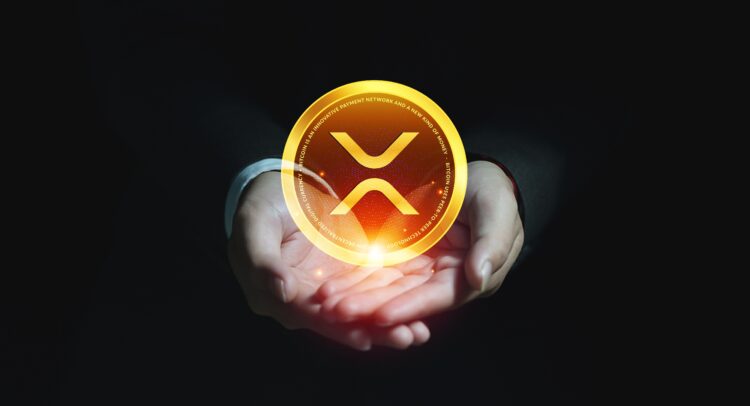
It’s crazy to think that XRP-USD has been around for ten years, right? For those familiar with crypto, you’re aware of XRP. But for those of you new to the space, you might have seen the ticker, but you don’t know exactly what XRP is. Well, this article is for you. XRP’s primary purpose is to serve as a bridge currency in international transactions across the Ripple network. The XRP is designed to enable secure, instant, and nearly free global financial transactions of any size with no chargebacks.
Ripple’s goal with XRP is ambitious – to allow for financial inclusivity and bring down the costs and time associated with traditional banking.
What Makes XRP Unique?
Unlike many cryptocurrencies that aim to sidestep the banking system, XRP positions itself as a collaborator with financial institutions to improve the existing system. Here are some of the features that make XRP unique:
- Transaction Speed and Scalability: XRP transactions are incredibly fast, typically settling within 4 to 5 seconds, compared to minutes or hours for traditional systems and other cryptocurrencies like Bitcoin (BTC-USD).
- Low Transaction Costs: The cost per transaction is minuscule, roughly $0.0002, making it attractive for high-volume, low-value transactions.
- Energy Efficiency: XRP Ledger is more energy-efficient than proof-of-work systems like Bitcoin because it uses a consensus protocol rather than mining.
- Currency Agnosticism: XRP can be used with any currency, including fiat currencies and other cryptocurrencies, making it highly versatile for global exchanges.
Key Competitors: The Battle for Blockchain Dominance
XRP’s main competitors include other cryptocurrencies that focus on payment solutions, such as Stellar (XLM-USD), which also targets international money transfers but with a slightly different approach. Indeed, it focuses more on an open-source protocol and less on partnering with banks. Another competitor is the big bad SWIFT, the traditional money transfer system currently dominating cross-border payments, which is exploring blockchain technology to enhance its services.
Regulatory Landscape and Future Outlook
XRP has faced significant regulatory scrutiny, notably from the U.S. Securities and Exchange Commission (SEC) lawsuit alleging that Ripple conducted an unregistered securities offering. We won’t get into the multi-year-long legal drama in this article but know that it’s still ongoing, and XRP has tallied up a nice series of wins in its favor. The future of XRP largely hinges on the outcome of its regulatory challenges and its ability to maintain and expand partnerships in the financial sector.
As banks and financial institutions increasingly look to blockchain solutions for faster and cheaper transactions, XRP could be pivotal if it successfully navigates the regulatory landscape.
Don’t let crypto give you a run for your money. Track coin prices here
